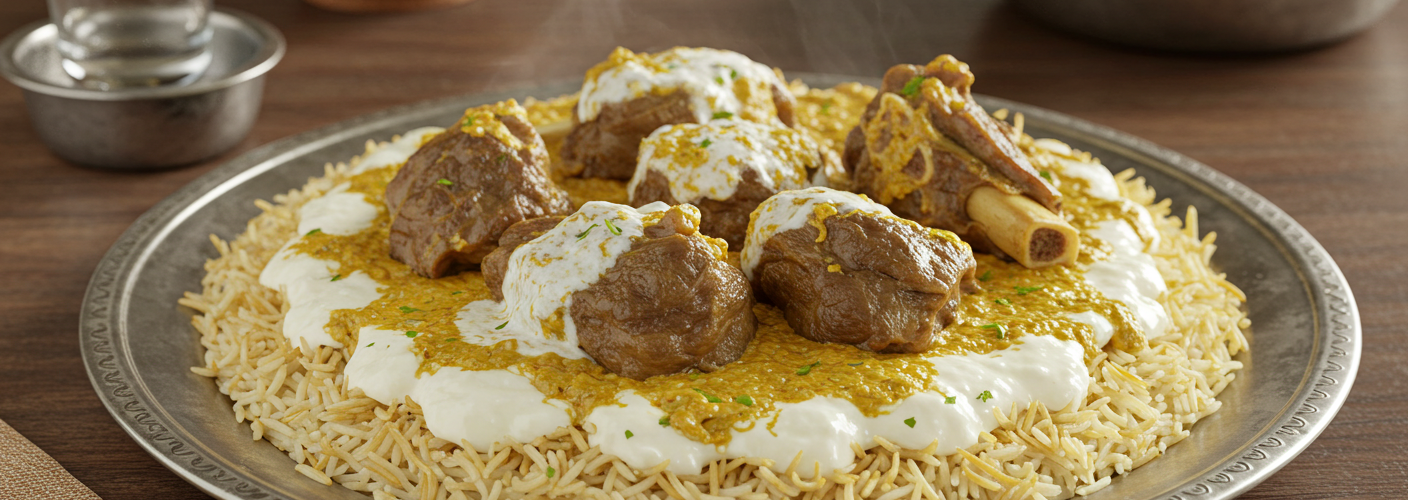Mansaf is more than just a dish; it is a symbol of Jordanian culture, embodying the hospitality and communal spirit that are central to the region’s social fabric. This traditional Jordanian dish features lamb that is slow-cooked in a rich, fermented dry yogurt sauce, known as “jameed,” and is served on a bed of fluffy rice. The robust flavors and inviting aroma make Mansaf a favorite at gatherings, celebrations, and family dinners throughout the Middle East.
The Components of Mansaf
At the heart of any great Mansaf are its key ingredients: lamb, rice, and the iconic jameed. The lamb is often marinated and tenderized before it is slow-cooked until fall-off-the-bone tender. This method allows the meat to absorb the deep flavors of the yogurt, leading to a rich dish that melts in your mouth.
The rice, typically served as a base, is usually long-grain and perfectly cooked. It absorbs the savory juices from the lamb and yogurt, creating a harmonious blend of flavors. The jameed, made from dried yogurt, is reconstituted to create a tangy and creamy sauce that differentiates Mansaf from other lamb-and-rice dishes found in various cuisines. The combination of these elements results in a dish that is both hearty and comforting.
Serving Tradition
Mansaf is traditionally served on a large communal platter, reflecting the cultural importance of sharing meals among friends and family. The presentation is as important as the taste; the dish is often garnished with toasted almonds or pine nuts and fresh herbs for color and texture.
When served, the lamb is arranged on top of the rice, with the jameed sauce generously poured over everything. Diners typically eat Mansaf by hand, using pieces of flatbread (often “shrak,” a thin, chewy bread) to scoop up the meat and rice. This practice promotes togetherness and reinforces the communal atmosphere that Mansaf is known for.
The Cultural Significance
Mansaf holds significant cultural importance in Jordan, often enjoyed during special occasions such as weddings, holidays, and family gatherings. It’s a dish that symbolizes generosity and is sometimes offered to guests as a sign of respect and hospitality. The act of sharing Mansaf at the table fosters a sense of unity and connection among diners.
In addition to its role in Jordanian hospitality, Mansaf has also grown in popularity beyond national borders. It’s now enjoyed in various countries across the Middle East, where it’s embraced by diverse communities who appreciate its rich flavors and cultural relevance.
Bringing Mansaf Home
For those curious about trying to make this iconic dish, there are countless recipes available that guide home cooks through the preparation and cooking process. While it may appear complex, the joy of making Mansaf often lies in the journey of experimenting with flavors and creating a dish that pays homage to tradition.
In conclusion, Mansaf is indeed a celebration of flavors, a feast for the senses, and a meaningful cultural symbol that brings people together. Whether you’re enjoying it at a family gathering or trying your hand at cooking it at home, the experience of Mansaf is bound to leave a lasting impression—both on your palate and in your heart.




Add comment